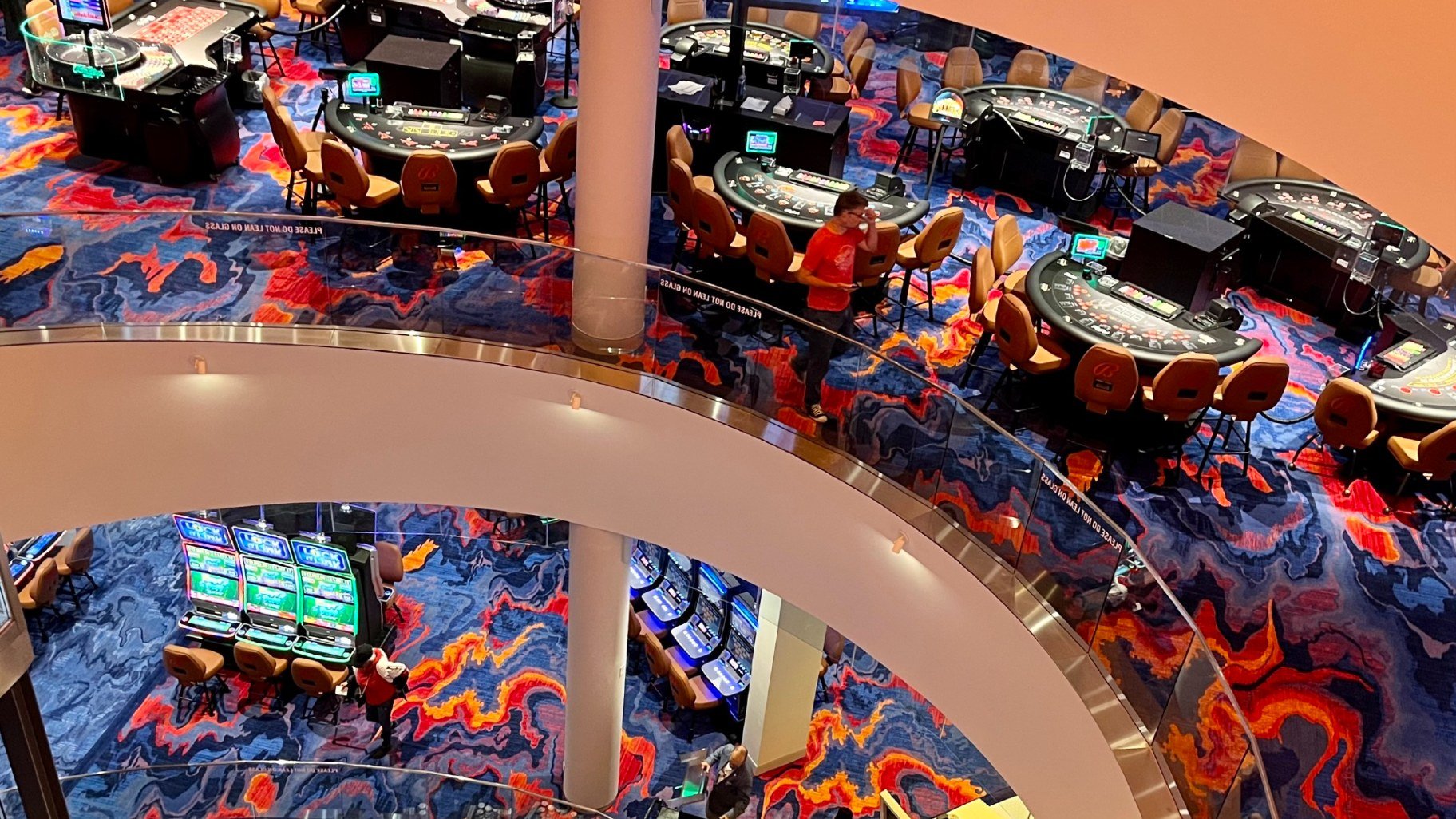As for slot games, players often become captivated by the shimmering lights, engaging themes, and the thrill of the reel spins. But behind the glamour and entertainment lies an critical concept that all players must grasp: Return to Player percentage, or RTP. This crucial metric holds great importance in determining the return of your wagered money over time, shaping your experience and strategy as you play.
RTP is typically represented in percentage terms and represents the mean amount of funds returned to players compared to the overall stakes. For instance, if a slot game has an RTP of 95 percent, it means that, on average, players get back ninety-five dollars for each $100 wagered. Understanding this concept can assist players in making educated decisions when deciding on slots to spin, ultimately boosting their enjoyment at the casino.
What exactly the meaning of RTP?
The Return to Player concept, also known as RTP, represents a significant factor in the realm of gambling slots. It indicates the proportion of all wagered money which a specific slot is designed to pay back to players in the long run. casino not on gamstop For example, if a slot has an RTP of 95%, this means that, theoretically, players are likely to reclaim $95 for every 100 dollars placed in the long run. Knowing RTP assists players assess the possible profitability of various slot games.
RTP isn’t a guarantee of personal wins but instead a average computed across many spins. Individual players’ experience can vary significantly because of the luck inherent in slot games. A greater RTP suggests more favorable odds for the player, thus making it a critical aspect to consider while picking which slots to play. However, even with a high RTP, there can be stretches in which players experience losses, because randomness plays a significant role.
It is also worth noting that different slots have different RTP percentages. Some machines might feature a reduced RTP due to a considerable enjoyment or distinct elements, while others maintain a higher percentage to attract more cautious players. Recognizing RTP enables players to take wise choices about their gaming strategies and manage their money effectively while enjoying the excitement of slot machines.

The Way Return to Player is Determined
A RTP, also known as RTP, is a critical measurement in the realm of casino slot machine titles. This represents the ratio of total wagered money that a gaming device can be expected to return to gamblers over time. Understanding how RTP is calculated requires understanding of the dual aspects of the slot’s design as well as its reward structure. This return value is calculated through complex calculations as well as data evaluation executed in the course of the game creation phase. Slot creators take into account multiple factors, including the rate of winning outcomes and the magnitude for payouts on each combination.
In order to compute this metric, developers model a large number of spins of the slot machine. These simulations aid identify how much typically, a player can expect to win based on their wagers. For instance, when a slot game boasts an average return of 95 percent, this means that, theoretically, among every $100 dollars wagered, gamblers should anticipate get ninety-five dollars in return over time. This figure doesn’t represent the amount a player might receive in a single session and over a few plays; instead, it reflects long-term return projections.
The values of RTP tend to be generally released from the gaming house and slot creator. Players should consistently look for this information when choosing a slot game, because it can significantly influence their overall enjoyment. A greater return value typically indicates a higher probability of winning back a portion of bets, even though individual sessions may differ greatly. Understanding this concept enables gamblers make informed decisions while enhance their overall experience within the world of slot games.
Value of Return to Player in Gaming
Grasping the RTP or RTP is important for any gamer involved in casino slots games. RTP is the proportion of total bets that a slot machine is designed to pay back to gamers over time. A greater RTP means that players can look forward to receiving a bigger portion of their bets back, making it an valuable factor for those looking to maximize their gaming experience. Understanding this figure aids gamers make informed decisions about which slots to play, as it can greatly influence their potential winnings.
Moreover, Return to Player has a key role in the overall equity and clarity of slot games. Players are often attracted to games with greater RTP percentages because they provide a superior opportunity of success over the long term. Gaming establishments and software creators use RTP as a selling point to attract players, ensuring they maintain a competitive edge in the booming gambling industry. By understanding of Return to Player, players can select games that align with their comfort level and gaming goals.
Finally, the idea of Return to Player encourages responsible gambling behavior. Recognizing that not all games will provide short-term winnings and that RTP is based on long-term play, players can manage their expectations and gambling behavior effectively. This understanding enhances the enjoyment of slot games while promoting a more sustainable gaming environment. Gamers who grasp the significance of RTP are likely to have a better experience and reduce the risks of gambling issues.